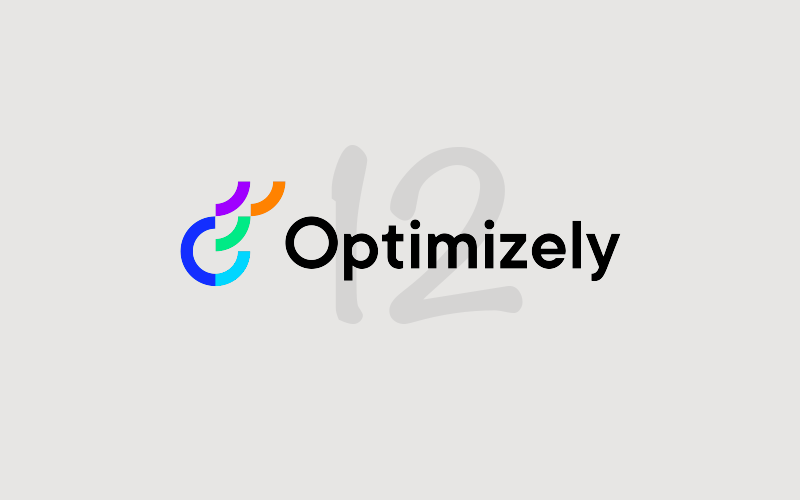How to Infinitely Scale Your Website Using a CDN
Chris Osterhout SVP of Strategy#Industry Insights

Learn how utilizing a Content Display Network can ensure that your site is fast and available for users around the world.
As we work with our clients to help them get the most out of their online presence, we are often asked about how to handle increased site capacity. A company or organization’s website may need to deal with large spikes in web traffic due to events that they hold, conferences that they attend, or responses to email campaigns or TV advertisements.
In these situations, clients will often approach us to ask about adding web servers in the short or long term to handle increased traffic. However, the reality is that while increasing the number of either physical or virtual web servers can be a solution for some customers, doing so can have the some disadvantages, including but not limited to the following:
- Lead time – Adding additional servers requires time for setup and configuration. While this may be feasible in cases where an organization expects an increase in traffic, it is not the best solution in other situation, such as increasing site capacity to compensate for an unexpected traffic spike.
- Software licensing – Many Content Management System (CMS) platforms issue licenses on a per-server basis. In this case, adding additional web servers will result in an increase in licensing costs, and if several servers are needed, the costs will quickly add up.
- Too much guesswork – Determining exactly how many web servers are needed to ensure the optimal capacity can be difficult. A company expecting a large increase in traffic may plan to add five servers, but what if that is not enough? In that case, they will be left scrambling to add more capacity while their users have difficulty accessing their site. Alternatively, if a company adds more servers than are needed, they will end up overpaying, which will hurt their bottom line.
A Different Solution
One alternative to utilizing multiple web servers is a Content Delivery Network, or CDN. A CDN such as CloudFlare or Akamai utilizes a large number of servers distributed around the world to deliver content to a site’s users. These servers maintain a cached copy of your site’s information, and users who access your site will use the CDN server rather than your server, ensuring that you are able to handle any level of traffic.
Most enterprise websites utilize some form of CDN in order to guarantee global uptime and performance. Here are some of the advantages of using a CDN:
- Scalability – A CDN eliminates the guessing game in determining how many servers are needed to meet traffic needs, since the website is distributed across a large number of servers around the world. Visitors will be directed to one of these servers, rather than your main web server, ensuring that your site is fast and available to users across the globe.
- No additional licensing costs – Since CDNs cache a copy of your website’s output, this eliminates the need to acquire any additional CMS licenses to make the site available on multiple servers.
- Little lead time – Coupled with the scalability aspect, CDNs can be in place within hours, not days, ensuring that you will always be able to meet any additional traffic needs.
- SEO – One aspect that affects a website’s rankings in Google search is load time. Since users will be directed to the CDN server that is closest to their location, load times will be decreased globally, improving Search Engine Optimization (SEO) for all users, no matter their location.
In addition, a CDN can improve rankings in some of the more complicated aspects of global SEO. For example, the Chinese search engine Baidu tends to give higher rankings to sites that are hosted within mainland China. Maintaining a copy of your site on a CDN server that is located in China will increase search rankings for Chinese users and eliminate the need for a separate physically hosted Chinese server.
CDN Recommendations
As you can see, utilizing a CDN can provide a great advantage in your online efforts. However, if you’re planning to make use of a CDN, we recommend using it for your entire website, rather than a few pages. Some organizations only plan to use a CDN for certain pages that they expect to see an increase in traffic, such as the pages that are related to an email campaign, but this assumes that visitors will only be interested in those particular pages and won’t visit the rest of the site. If users navigate away from these few pages, they may experience a drop in performance, which will negatively affect their experience.
If you’re planning to utilize a CDN, it’s best to use it to its full capabilities, ensuring that your users have the best experience no matter what part of your site they access. Do you have any questions about how to get started using a CDN or what providers you should use? Do you want more information about how you can unsure that your site always maintains the best performance for your users? Please contact us to speak to a Solutions Engineer, or share any other questions you might have in the comments below.
Related Posts

Navigating an Optimizely CMS 12 Upgrade
Learn why an Optimizely CMS 12 upgrade needs detailed planning, efficient resource allocation, and an understanding of your organization's capabilities.

What Does Umbraco 7 End of Life (EOL) Mean for Your Website?
Umbraco 7 support has reached its end of life. To get your website upgraded, reach out to us today to discuss options.
Results Matter.
We design creative digital solutions that grow your business, strengthen your brand and engage your audience. Our team blends creativity with insights, analytics and technology to deliver beauty, function, accessibility and most of all, ROI. Do you have a project you want to discuss?
Like what you read?
Subscribe to our blog "Diagram Views" for the latest trends in web design, inbound marketing and mobile strategy.
